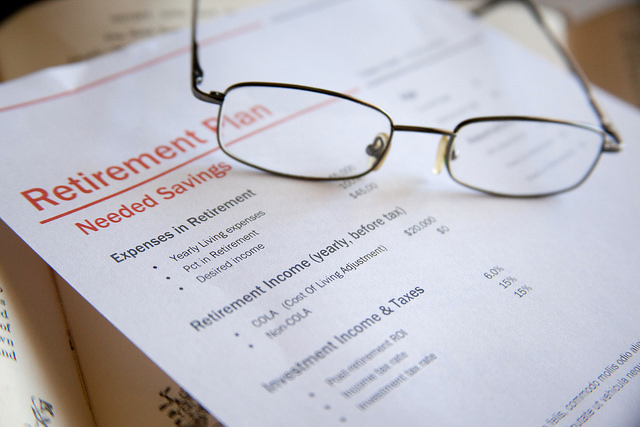
There are millions of private-sector workers in the United States without retirement plans, but the past year has been an active one for state and federal lawmakers trying to make sure these workers can gain access to a state-run plan if they want one—nearly a third of states in the US are drafting legislation for such systems.
But Dale E. Brown, president and chief executive of the Financial Services Institute Inc, published a piece this week in Investment News advocating against such state-run systems. One reason, he says, is the skewing of small business incentives:
State-run retirement plans for private sector workers would immediately undermine the incentives for small businesses that do not currently offer employer-sponsored plans to establish their own plans in the future…
As more employers came to “offload” their retirement plan offerings to the respective states (or simply neglect to develop them in the first place), many experienced financial advisers in each area — who have been ethically advising plan sponsors for years — would simply be forced to leave the market. The result would be a reduction in access to professional financial advice, rather than the expansion of access that American workers so badly need.
Brown also spends time decrying the cost associated with the systems:
These proposals would also create substantial new costs for states and taxpayers, and would open states to potential liability to the IRS and to the Department of Labor under ERISA. While many of the bills’ sponsors envision these plans as low-cost solutions, the true expenses of running a large and robust retirement plan — including ensuring that the plans are properly managed; that investment options are appropriate and are adjusted as necessary; and that plan activities are closely monitored to prevent prohibited transactions, among many others — could easily and quickly derail these expectations.
In addition to the ongoing expenses mentioned above, taxpayers would be on the hook for substantial costs just to get the plans off the ground. When start-up outlays for plan research and design, legal and tax expenses associated with obtaining IRS approval, and many other expenses are factored in, it becomes clear that these states would be incurring significant costs to provide a service that is already broadly available in the private market.
But federal lawmakers say there are too many workers without access to retirement plans. One lawmaker told Pensions & Investments:
“With 75 million Americans without a retirement plan, there is no question that our country has a retirement security crisis,” said Sen. Tom Harkin, D-Iowa, in an e-mail. “I am encouraged to see states taking steps to improve retirement outcomes for Americans.” Mr. Harkin has proposed privately run retirement funds on the national level.
Sixteen states are considering legislation that would set up state-run retirement plans for private-sector workers.



